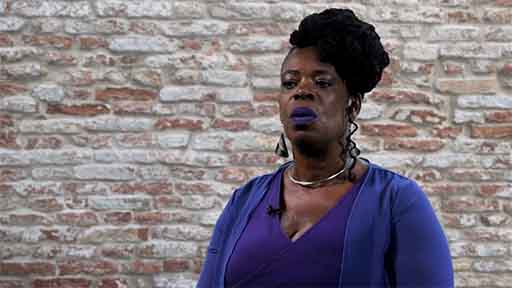1.4 Engaging healthy conflict
In leadership, you need plenty of robust, healthy conflict. Such conflict unsettles the status quo and keeps organisations fresh and focused on improvement. Bad forms of conflict are familiar to most of us – they involve attacks on someone’s personhood. Bad conflict can be harmful, rooted in prejudicial stereotypes, or simply petty.
Positive forms of conflict, on the other hand, are geared towards enhancing diversity and participation (Smolović Jones et al., 2016). They encourage people to ask fundamental questions that disrupt beliefs and identities. As Smolović Jones et al. (2016) state, conflict needs to be ‘agonistic’, meaning that it pushes people to the limits of what they know and do – it pushes into situations of ‘mess’ (p. 434). The example the authors use is of a group of women activists from various organisations in a Pacific nation. The women come from different backgrounds and experiences and constantly disrupt one another’s notions of what being an activist, and specifically being a feminist activist involves – particularly on issues such as poverty, race, and gender identity.
Pushing into mess like this is an important part of leadership. The aim of this good conflict can be about helping organisations and people face up to difficult truths, but it can also be more about questioning long-held assumptions and identities. For example: Are we really doing good here? Am I being the best feminist that I can be? Who are we leaving behind and who is not being heard? Am I being as inclusive as I can be?
It’s worth briefly reflecting on some more radical thoughts. Sometimes situations can be so stuck, immovable and ethically problematic that only a form of bold, direct action from below can shift the dial – this is known as ‘dissensual leadership’ (Barthold et al., 2022). Dissensual leadership targets and undermines organisations, whether from outside or from within. Its goal is to secure change rather than to strengthen an organisation, and it may well be the case that such leadership seeks to abolish certain organisations entirely if they are too problematic. The effect of the dissent is to throw people off guard, to force a realignment of how a situation is perceived. The eruption of Black Lives Matter protests, campaigns and actions in the wake of the murder of George Floyd in 2020 was a good example of dissensual leadership. These were not undertaken to gently persuade organisations to change, but to send a clear message that Black people had been pushed to the edge of their patience and that radical change needed to happen now. Dissensual leadership does not have to equate to direct action, of course – it can be any action that is unexpected and shakes up people’s perceptions of right and wrong.
Now that you have considered leadership from the top and bottom of organisations, this section ends by reflecting on that zone in between – the middle.
Activity 2 Stuck in the middle (with you)
Watch the following video interview with Lace Jackson, who reflects on some of the unique experiences of Black people trying to lead from the middle. As you watch, try to note one advantage of leading from the middle, and one danger.

Transcript: Video 2 Lace Jackson – leading from the middle
Discussion
In terms of possible advantages, people in the middle of organisations can be exposed to the thinking behind big strategic decisions but also to the everyday concerns and views of people on the frontlines of organisations. They are well placed to mediate between these levels.
Lace also highlighted a feature of Black leadership that can be a positive or negative, which is the raised expectation that Black people can experience from their communities. This is a kind of sandwich effect, with pressures coming from work and communities. Of course, Black leaders can use their positioning to create change, but pressures to do so can become excessive – well beyond what white managers face at work and in their local communities.
Now that you’ve considered positional leadership within organisations, you will move on to consider the importance of geographical position.

